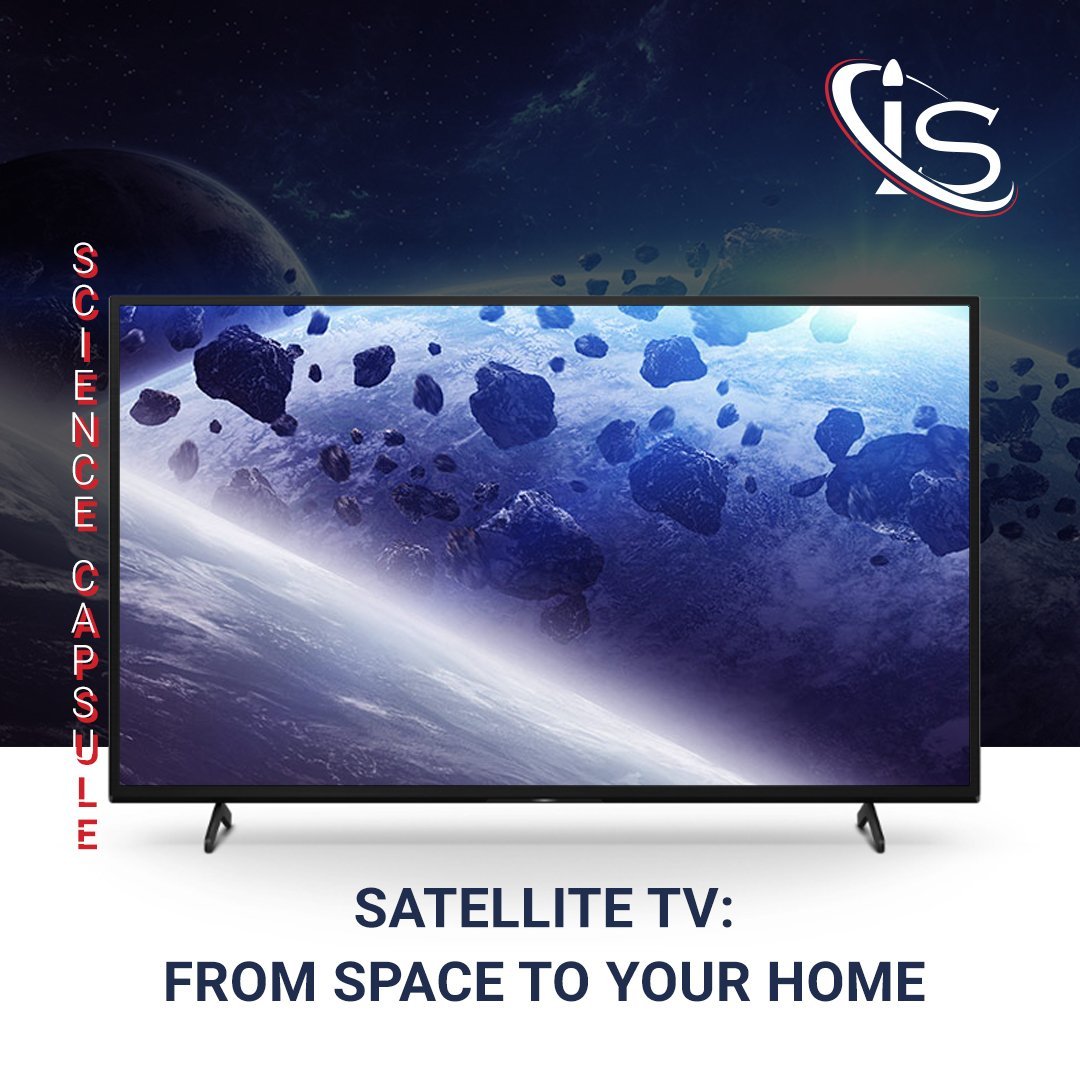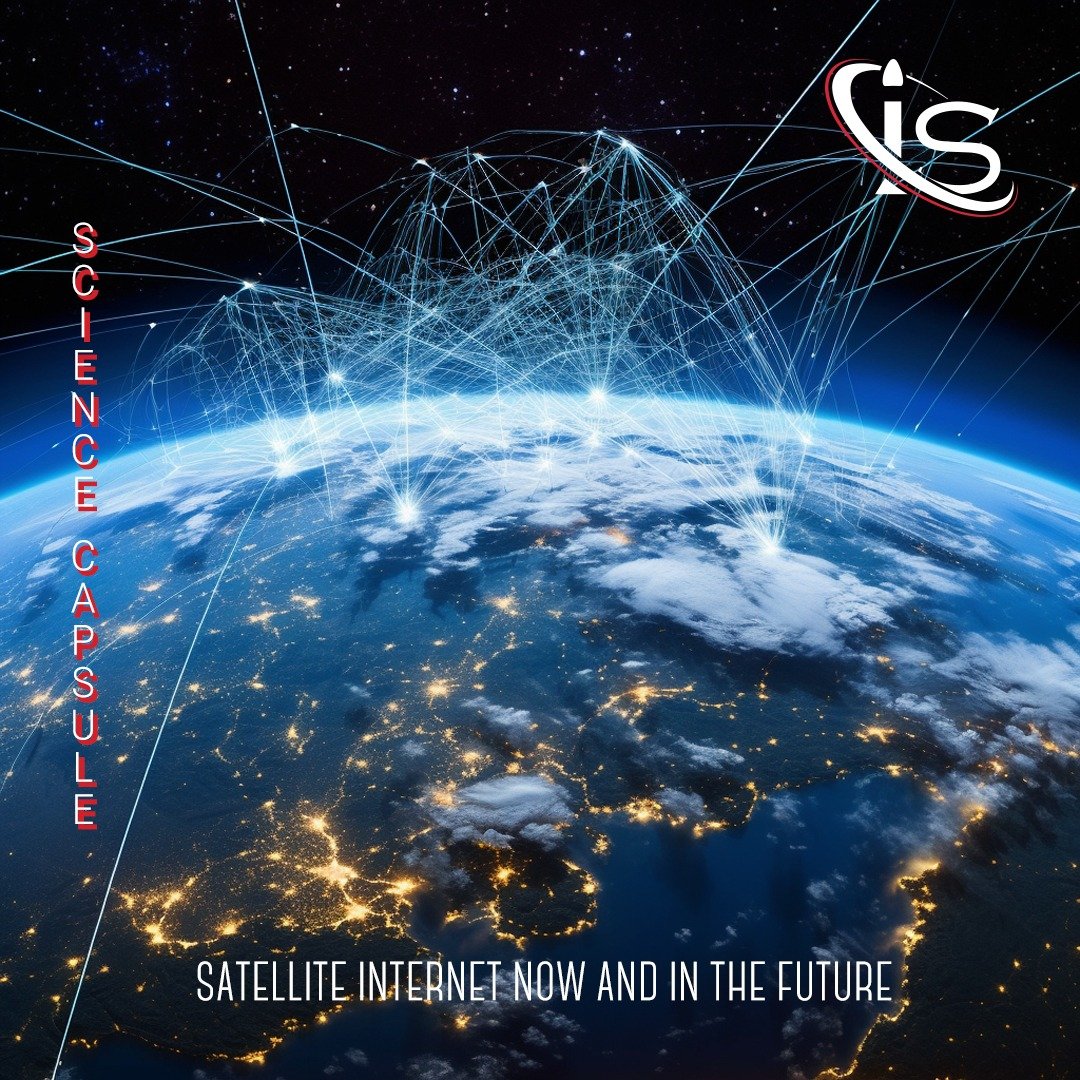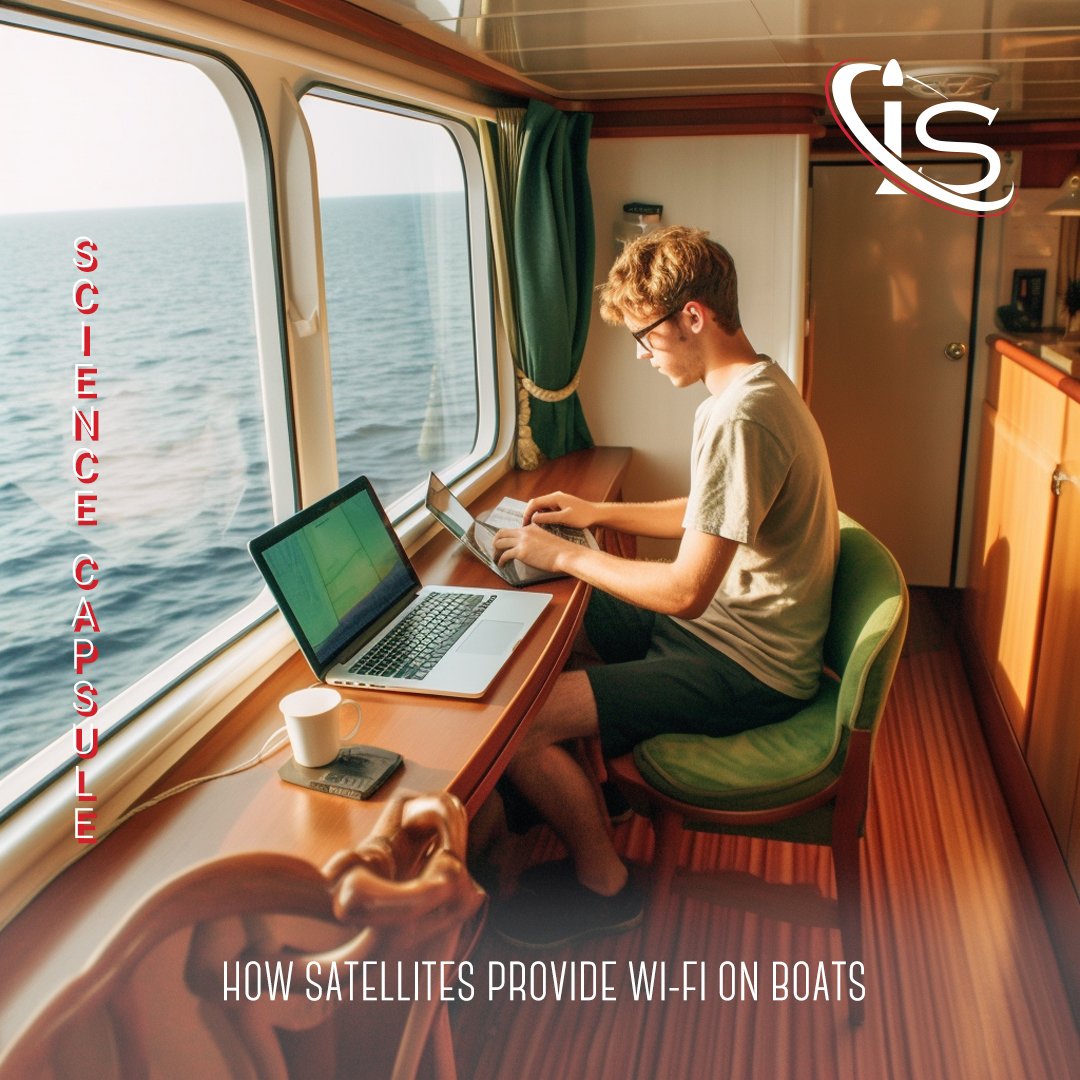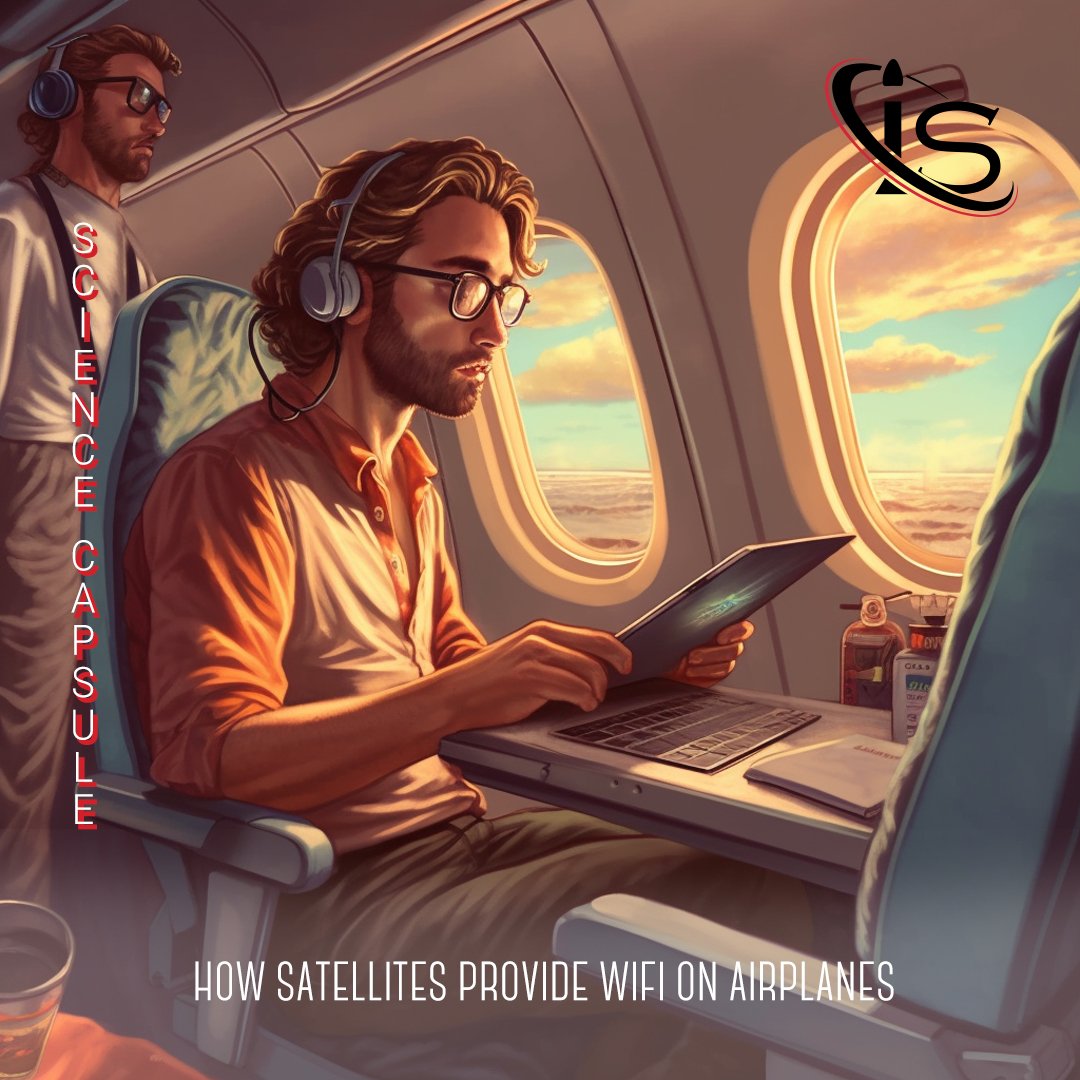We’ve talked about how satellites stay in Earth’s orbit thanks to their velocity, as well as how they reach said velocity. But let’s discuss how satellites can help us here on Earth from all the way up in space. You see, satellites are sent to space in order to provide useful services and information, such as TV, internet, GPS, etc. So, what they provide to us is pretty indispensable. However, the following question remains: how do satellites communicate with Earth? So, without further ado, let’s dive into the world of satellite signals.
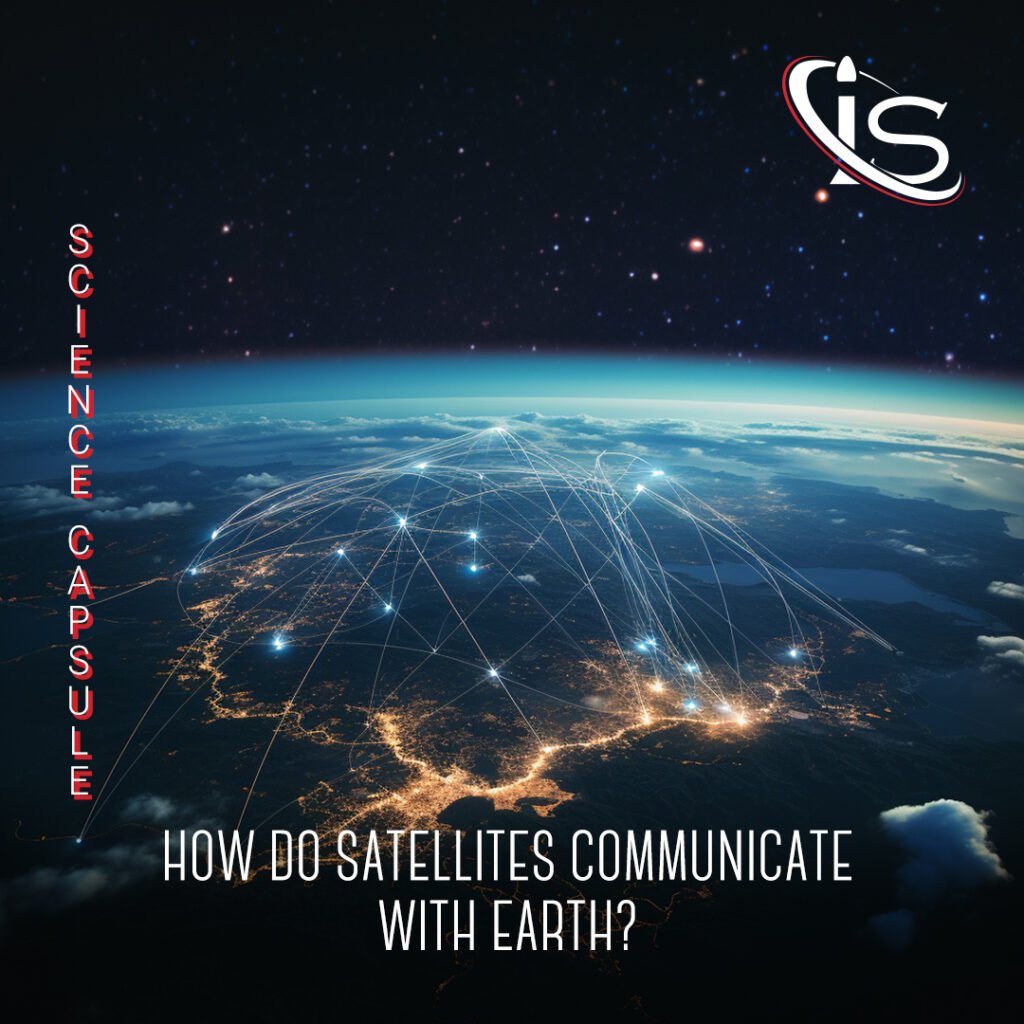
The Basics
Satellites are equipped with a transponder — which is a transmitter and receiver of radio waves. This allows them to both receive signals from Earth and retransmit them. These transponders, coupled with the satellites’ antennae, are the main tools used for communication with Earth. The receivers on both ends will also frequently involve parabolae, depending on what signal is being sent/received. We actually went over this same concept in our capsules on Satellite TV and Satellite Internet. So, if you would like to learn more about this, you can check those out. Especially since they bring this whole subject into a more practical light.
The Obstacles
Satellites also face the challenge of surviving the harsh conditions generated by their high speeds, as well as the vacuum of space. Because of that, all of their equipment has to be very durable. This ensure that to a satellite is able to function for its projected lifespan.
Furthermore, a satellite must operate continuously without maintenance. For the most part. The Hubble Telescope is a good example of an exception to this rule. Regardless, this means that satellites — and the technology inside them, including their communication systems — need internal power. This usually comes in the form of solar power harnessed via the satellite’s solar panels. If you would like to learn more about solar power in spacecrafts, we discussed that topic in our most recent capsule on the Venus Missions.
The Technology
The communication system for a satellite also includes a tracking telemetry and control system. This is a reciprocal communication link that allows the station to track the satellite’s position, as well as other important parameters — such as temperature and electrical voltage. It also gives ground stations control over the satellites thermal and propulsion systems, and any other system that may be present.
There are also two types of signals exchanged between satellites and ground receivers/transmitters. One way or reciprocal signals. The one way ones can be seen in something like satellite TV, where the dish on Earth just needs the ability to receive a signal. The reciprocal ones can be seen in satellite internet or GPS technology. In this case, the system on Earth needs to both receive and transmit signals from and to a satellite.
Another difference between these two categories is that the first uses single beams. That means that a singular wide-ranging signal will cover an entire region. The second category, on the other hand, uses spot beams. These are smaller signals that combine to cover a region and include both outgoing and incoming transmissions.
The Orbits
Another distinguishing feature for a satellite is its orbit. To be more specific, satellites can operate in three different orbits — which are defined by their altitude. Low Earth Orbit (LEO), which ranges from 160 km to 2,000 km above the Earth. Medium Earth Orbit, which ranges from 12,000 km to 35,786 km above the Earth. And Geostationary Orbit (GEO), which is about 35,786 km above the Earth. For anyone wondering why there are no satellites between LEO and MEO, the environment in that area is too inhospitable for them to survive due to the Van Allen Radiation Belt.
The orbit in which a satellite operates has a direct impact on how much of the Earth said satellite can cover with its signals. Basically, the higher the satellite is, the more coverage it has. For example, it would take 20 LEO satellites to provide complete coverage of Earth, but only 3 GEO ones. The distance from Earth also impacts how long signals take to travel to and from the satellite. This causes each satellite to be used for different types of communication. LEO and MEO ones are more common for mobile phone and voice services, while GEO ones are used more often for broadcasting and data services.

The Frequency
The type of signal sent by satellites is generally of a very high frequency (1-50 gigahertz or GHz). However, there is still a wide range present. For the lower frequency ones, that are sent with lower power, large antennae are needed in order to receive them. Meanwhile, the higher frequency ones, that are sent with higher power, can even be received by very small dishes. Each frequency range, or band, of a satellite’s signal is identified by letters. In increasing order of frequency these are: L-, S-, C-, X-, Ku-, Ka-, and V- bands. As a quick tangent, because of how easy they are to receive, signals in the Ku-band and Ka-band spectrum are the ones used for mobile phone and data applications, direct-to-home broadcasting, and broadband data.
An interesting fact is that satellite communications are regulated by the International Telecommunication Union (ITU), which is stationed in Geneva, Switzerland and is part of the United Nations. This agency not only approves applications for satellite orbital slots, but it also convenes the World Radiocommunication Conference. This conference is responsible for assigning frequencies for different applications in different parts of the world. Then, each country’s telecommunications regulatory agency enforces these decisions and awards the licenses for the different frequencies.
And that will do it for today’s capsule. I hope you enjoyed learning more about satellites and how they communicate with us. Next week will be the last entry of our strolls through the Solar System and will be all about the Sun. If you are interested in space at all — which, if I had to venture a guess, I would say is most of you — I highly recommend checking that out. “See you” all then, right here, at impulso.space.

